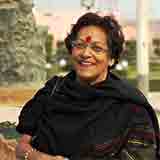We were speechless when we saw Jeetu: Anik Dutta on Aparajito
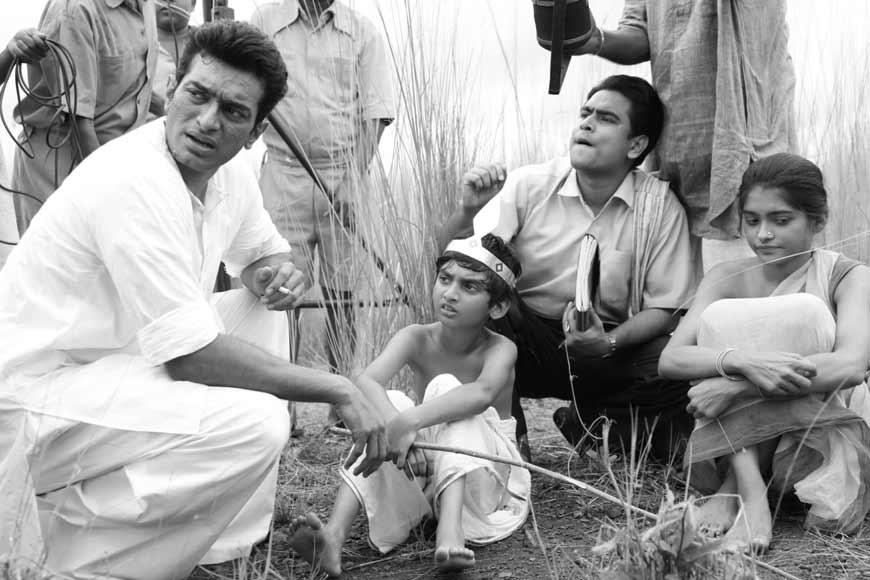
Filmmaker Anik Dutta has been drawing all kinds of attention thanks to his new film Aparajito, ostensibly a tribute to Satyajit Ray. Excerpts from an exclusive interview:
• What triggered the desire to make a film on the journey of Ray to his becoming RAY?
He occupied a big part of my universe when I was a subscriber to his children’s magazine Sandesh. It started at a very young age and he edited the magazine and what influenced me were the illustrations and the signature. Then came the stories with characters like Feluda. I was in class five or six. Some characters such as the ones in Goopy Gyne Bagha Byne left a deep mark on my mind space as it did on other children, though it appealed to an audience of all ages. The Feluda novel had turned into a film called Sonar Kella and it appealed to me all the more. Television had not yet become very popular then so we would go to watch films for all ages. Video too was not present then. By then, he had become the Ray we all know.
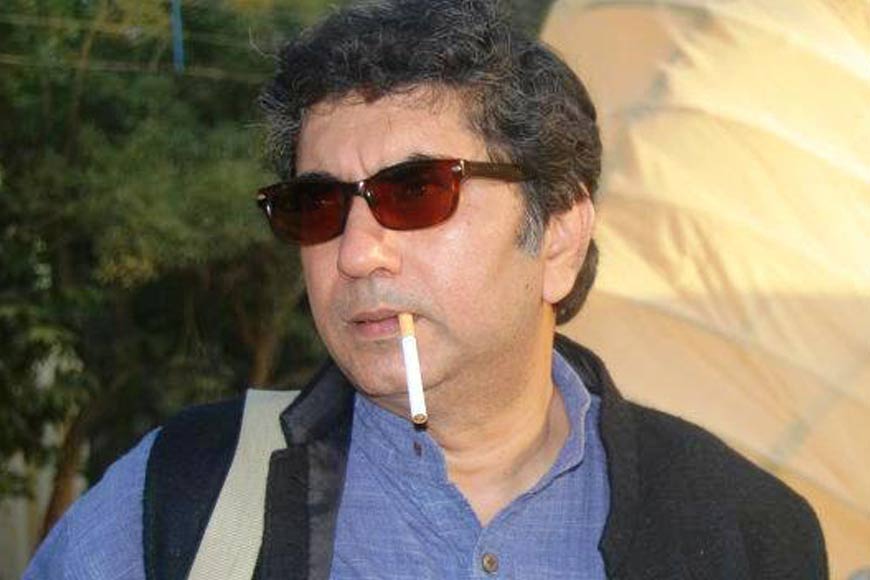 Anik Dutta
Anik Dutta
I would go to any length to watch all his films except Sikkim, which was banned then. I saw Shyam Benegal’s documentary on Ray. I also managed to catch a show of Kanchenjungha at Gandhi Bhavan. I was so obsessed with his films that many of my friends would tease me for this. If I had to make a film on any great personality, it would either be on a cricketer or on a filmmaker, as both were my passions as a teenager. I realised it could not be on his entire life but it had to focus on one part of his life. He himself had once confessed why he did not venture to make a film on the Mahabharata. It was his classical narrative that impressed me much more than films by internationally great filmmakers.
• Why did you change the names of the real people in your film?
This was done at the suggestion of Sandip Ray, Ray’s son. He had refused many other filmmakers permission to make a film on his father but he did agree to my proposal with this one suggestion and looking back, I think it was a good suggestion. By then I had already read the books Ray had written such as Apur Panchali and so on, trying to draw meaning out of the man’s dreams that led him to make such unique films.
• How do you look at the film today? A challenge as a director? A recreation of history? To make a unique statement on your directorial oeuvre? Anything else?
Every film for a director is a challenge. My aim was to explore the long struggle of two-and-a-half years it took Ray to complete Pather Panchali. His approach was unconventional and this was one more reason for his struggle with getting finance, finding actors who were not stars with mannerisms of their own. At the same time, it was the attempt to recreate history that egged me on to make the film. I feel as a filmmaker, it has been all these for me – a challenge, a desire to recreate history and to define how he went about realising his one dream to make a film no one within the industry felt would work. Every creative artist has a dream he wants to realise one day. Not all of us can but he did.
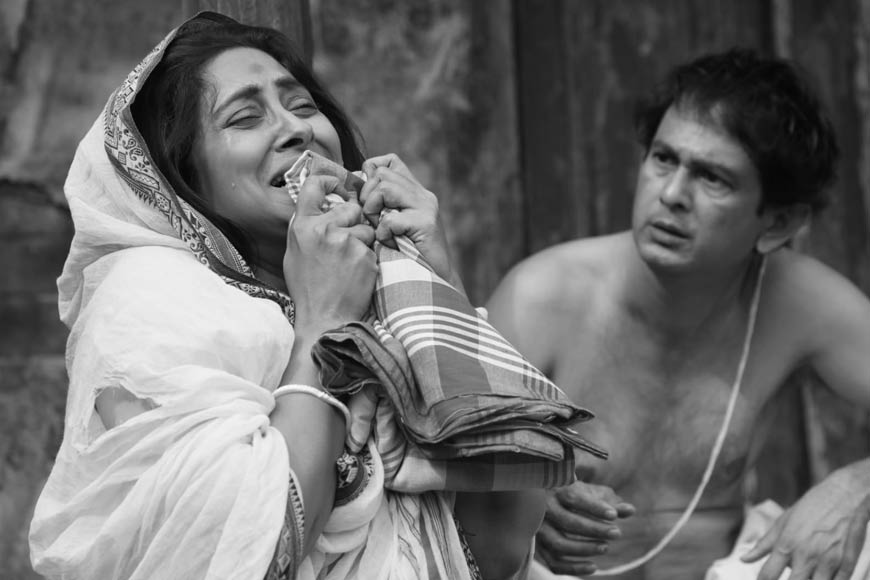
It was difficult to organize the period furniture, some of which have become antiques today as there are not many pawn shops, specially in Mumbai where we went looking for them. It was also fun at times but not always. The story of the struggle was also a lot of fun at times. Though he was very much a Bengali, he was also a product of Western sophistication. He watched a lot of Hollywood films and listened to a lot of Western Classical Music. But when he read Bibhuti Bhushan Bandopadhyay’s classic, he felt he was inspired by the Italian film Bicycle Thief which created the style of Neo Realism with real people acting without make-up or grand costumes in real places and situations and this is what he decided to work on with his first film. This is what may be called a “unique statement”.
• How did you decide on the casting?
I worked on the looks of the entire cast with great care because we were making a film on real people and choosing actors resembling even partly, the real characters would add to the credibility of a very challenging film. I started off with the casting very early and the lockdown helped as most of the people were available for auditioning and so on. The rest was achieved by the magic of make-up man Somnath Kundu. First, we had to look out for the people who might fit in by way of looks. When the lockdown was lifted, the artists became available as work had to begin. We began with online auditions with possible actors who could be made up to resemble the original characters.
• What about Jeetu Kamal who plays Ray?
I never expected to find an actor who could be made to appear a kind of a doppelganger when compared with the original character but I did find this in Jeetu Kamal who was not an identical replication of Ray, but could be made to look as much like Ray as humanly possible. I was on the look-out for a man who would resemble Ray even partly.
One fine day, I saw this tall, handsome man on the street at a rally. My colleague told me he was an actor but he acted only in television which was a bit of a problem for me. Television demands a completely different style of performance so I was a bit sceptical about his acting skills. He had no clue that I was mentally checking him out. Then we called him and I did a few pencil sketches and showed them to Somnath. With a bit of prosthetics, he worked magic and when Jeetu came out of the make-up room, we all gasped in surprise as if we were seeing a ghost. I do not believe in divine intervention but we all were speechless with amazement.
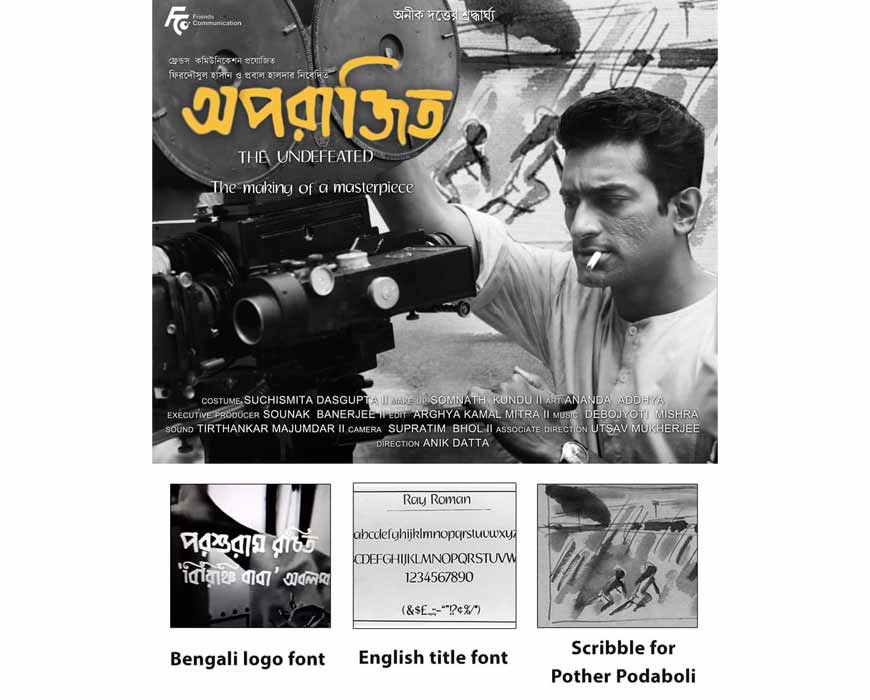
Then, I give the credit to Jeetu who worked very very hard on the great master’s body language, his manner of speaking both English and Bengali, the way he smoked – he was a chain smoker for a very long time - and so on, including his slight looking down on contemporary Indian cinema. He saw Ray’s stills, there were so many to go through, he watched films in which Ray appeared and worked very hard indeed. But he could barely give me two months at a stretch as he was busy with work in Mumbai and the lifting of the lockdown had placed a great deal of pressure on him with dates. Chandrashish Roy’s baritone was used for the dubbing which was a perfect fit. Jeetu has a tendency to underplay, which also helped.
• How long did the research take and who helped in the research?
The research began actually much before we had even decided to make the film. When we came down to real research, two people helped us greatly. One of them is Prithivraj Choudhary who is a professor at Harvard and is a good singer who writes songs and sings them with an American band, is interested in the arts, including film. He helped us online with his massive collection of research and information.
The other person is Sriparna Mitra who has read a lot about Ray and has an access to the Ray household, so what is not available in recording, she could get as anecdotes from Sandip and his wife Lalita Ray. Others who pitched in with research are Debashish Mukhopadhyay who is a scholar on Ray, Sanjoy Mukhopadhyay who headed the Department of Film Studies at Jadavpur University, and my associate director Utsav Mukherjee.
• Why Debojyoti Misra for the music when you already had the Ravi Shankar track?
You cannot use an original track without permission which is a very long-drawn process, very expensive and may not work in favour of the film. Debajyoti because we have been very old friends and have been working together on my films for a long time. Besides, he is an expert at every kind of music and we have built a personal relationship over the years so I trust him completely to give of his best, specially for this film. He is a music scholar and began working under Salil Choudhury when he was very young. He knows every kind of music there is to know. He was just the right guy to give the music who also worked with Ray’s music team during Ghare Baire. We needed to evoke the film through the music without cutting out the original score and he has done very well.
• How did you discover the actor for Indir Thakrun and how did you train him?
The choice was limited because of the age the character demanded and because actors of that age had either passed on or were not fit enough to act or to travel the distance for the location shoot. Finally, we found him with the help of Debesh Chattopadhyay who is from folk theatre and we went to the village to catch hold of him. We made him go through a three-day workshop but I had to lend my own voice for dubbing his lines as he has a very sing-song way of delivering lines.
• Who sang the famous song?
We used the same recording which Chunibala Devi had done for the original film.
• The interview with Samik Bandopadhyay that functions as the thread holding the film together. Was it a blend of documented, recorded fact and fiction?
I went for fact-checking to Shamik-da and while doing that, I felt he was just right. He has done the longest interview of Ray for national television. I felt I could use it as a thread for the narrative to hold the key scenes together. He was very young at that time. So, this was a casting coup, sort of.
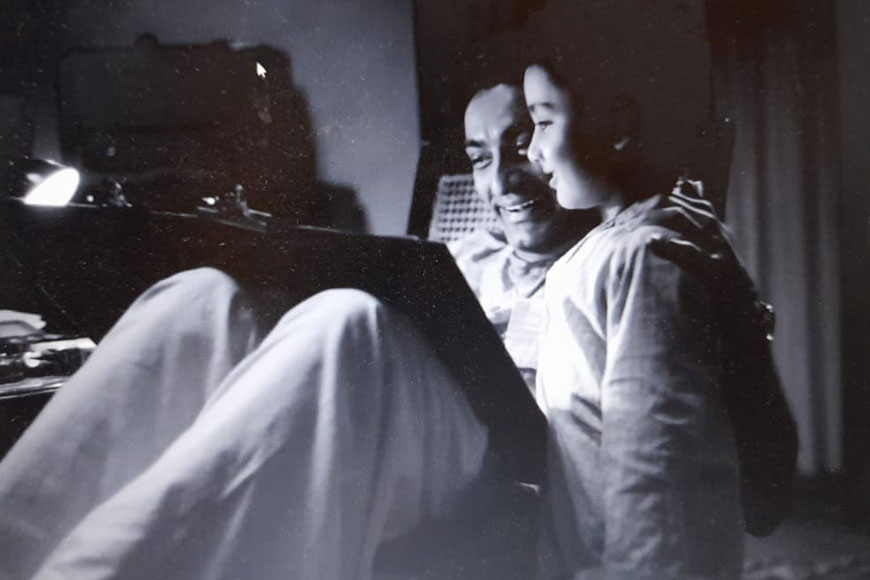
• How do you work as a director? Workshops? Rehearsals? Telling and showing them exactly how to do a scene? Allowing them to improvise? A blend of all these?
A blend of all of these depending on the ability of the actor but I am for allowing the actor to first try and then put in my own inputs.
• What kind of equation did you have with the editor Arghya Kamal?
I have been working with him from my very first film and he being one of the best editors in the business, it had to be Arghya Kamal.
• What problems did the team face from Nature - rains, thunder, etc which was also essential for this film?
The film got delayed and was also cancelled because cows had eaten up all the kaash flowers when we went to shoot, rains flooded the river and these were only the major problems we faced. The lighting also was not up to the mark but the original film kept inspiring us as we knew what troubles Ray had to go through to shoot the film apart from other things.
• How long did it take from conception to the Censors
Roughly from the time Sandip Ray gave the go-ahead till the film reached the censors was one long year.
• Did your producer give you total creative freedom?
Absolute freedom and did not wish to even see when I asked him to watch clips






